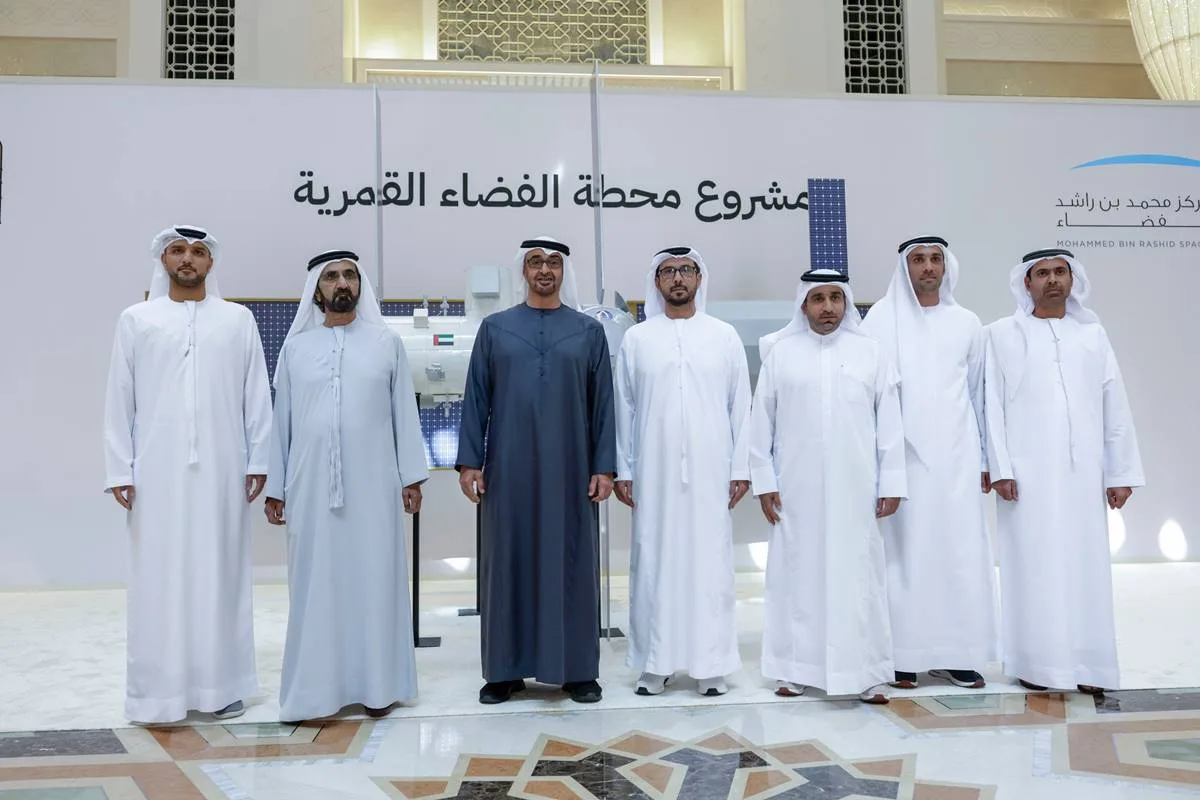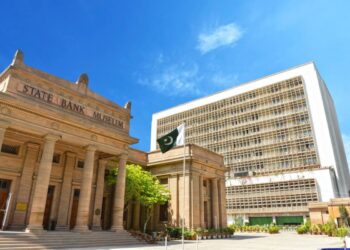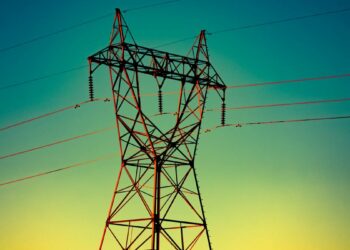The UAE has recently announced an ambitious plan to launch the first Emirati and Arab astronaut into lunar orbit as part of a new space initiative. President Sheikh Mohamed bin Zayed Al Nahyan and Vice President sheikh Mohammed Bin Rashid Al Maktoum announced UAE’s membership in NASA’s Lunar Gateway Station along with the USA, Japan , Canada and European union. Furthermore, the Lunar Gateway is to become humanity’s first space station near the Moon’s proximity.

President Sheikh Mohamed was delighted to attend the launch of contributions by UAE towards the historic Lunar Gateway, as he noted that his country is wholeheartedly committed to space exploration and scientific breakthroughs. Sheikh Mohammed bin Rashid also pointed out that the UAE has managed to create 10-ton unit for the station and developed a space operations centre in addition to global astronaut training facility.
حضرت اليوم بصحبة أخي محمد بن راشد حفل إعلان دولة الإمارات انضمامها إلى مشروع بناء محطة الفضاء القمرية. مشاركة الدولة في هذا المشروع إلى جانب دول كبرى ومتقدمة، تجسد حرصها على تعزيز الشراكة مع العالم لخدمة العلم والبشرية وضمان تحقيق التقدم والازدهار للجميع.
— محمد بن زايد (@MohamedBinZayed) January 7, 2024
Crown Prince of the UAE Sheikh Hamdan bin Mohammed bin Rashid Al Maktoum congratulated his country on becoming a participant in the development process of Gateway Lunar Space Station. He pointed out that upon the completion of this project in 2030, the first Emirati and Arab astronaut would fly to Moon. The Mohammed Bin Rashid Space Centre (MBRSC) will play an important part in the designing, developing and operating the Emirates Airlock to be an important component of Lunar Gateway Station.
As stated by NASA Administrator Bill Nelson, MBRSC would supply the Crew and Science Airlock for NASA Gateway due to its contribution as a significant mission partner. This collaborative multinational effort involves key International Space Station partner agencies: NASA, ESA , JAXA and CSC.
The Lunar Gateway is meant to boost UAE’s position globally as a major player in space science and technology. The UAE’s contribution, the Crew and Science Airlock module, serves as an access point for missions or astronaut traveling to the Moon surface. The Airlock measures 10 meters in length, 4 metres wide and weights of 10 tonnes which helps the station to act as a space laboratory.
UAE’s involvement in the Gateway stands out as a big milestone and highlights humanity’s eagerness to return again to the Moon while building up for other Mars missions. NASA is working on the Artemis project which aims at putting humans back on the Moon and eventually creating sustainable long-term lunar missions. So this endeavor includes an essential role for the Lunar Gateway Station that has basic functions to support astronaut health and mission objectives.
The UAE’s participation in the Gateway can be realized through either holding a permanent seat or performing scientifically significant contribution to such a big program for lunar and space exploration. With this involvement, the nation can emerge as a critical innovator in the international space community and gain preferential access to sophisticated scientific and engineering information collected by the station. The Gateway facilitates sustained exploration and investigation of deep space, as humans remain stationed in the orbit for longer periods to conduct their research on various scientific fields.
The UAE’s participation in the construction of a space station called Lunar Gateway Station represents another milestone for this country on its way to explore outer space – the type that is associated with daring leadership and ambitious people. Important role in managing, maintaining and operating the Airlock belongs to Mohammed Bin Rashid Space Centre (MBRSC), indicating how UAE contributes with its developments and becomes ever more capable of exploring space.
The UAE’s involvement in the Lunar Gateway Station project holds much weight and symbolizes collaborative efforts of nations across the world with a common purpose – that is contributing towards lunar and Mars missions.


















